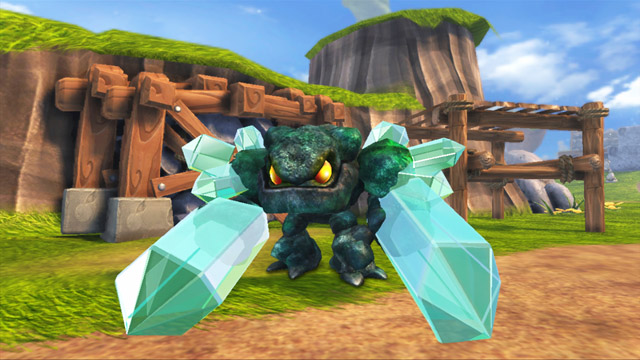
Skylanders is Pokemon, more or less. It’s collectible, self-sufficient, and going to make lots and lots of money.
That’s the basic goal behind the bold new gaming/retail venture for Activision from developer Toys for Bob. The digital game is understandable: third person action platforming, with a typical Good vs Evil story, special powers, and monsters. It’s not unlike many other games for kids. It’s only a couple hours long at its core, but that may be enough.
Unless, of course, you add in the fact that it’s actually a figurine-based experience that encourages collecting and trading of toys… then it becomes something way, way more.
Skylanders is built on a sort of freemium model. The story can be completed without any additional purchases, but the majority of the sidequesting and levels are locked away unless specific store-bought toys are placed onto a special playmat. With 32 characters in all, each having unique powers that translate to their digital selves in Skylanders, the game can get pretty long and involving with an emphasis on multiple playthroughs.
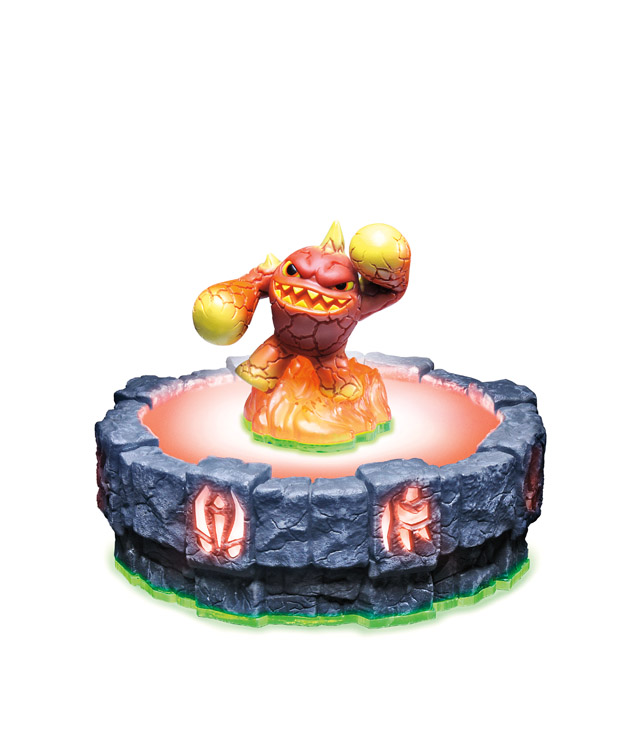
The real magic is that each figurine contains a wireless chip that stores data about the character, accessible when placed on the special mat. This includes experience gained, loot earned, and levels reached. The developer’s intent is for players to take their figures with them to friends’ homes, playing and improving each one until they are maxed out. And then? And then purchase more. Trading will inevitably happen, too, as friends will trade two level-12 Spyros for a level-20 lava monster. The figures can be used across multiple consoles too, so that those purchased with the Wii version are fully playable on the Xbox 360 and vice versa.
There are a few issues with the idea, though. The characters can be maxed-out, meaning that once a high enough level is reached the figure may as well be stowed away as nothing more can be done with it. There are no indicators to distinguish between two of the same figures on the mat, so if two players put the same figure on the mat they will get mixed up. There needs to be an LED or the ability to personalize each one, or there will be a lot of broken friendships when Timmy “accidentally” takes Caleb’s level-18 Eruptor instead of his level-6.
When the characters are brought into the game, the only personalization they can have is whether they have a hat on or not. There is no ability to change a character’s features, color, or even have a hovering personalized name above their head to distinguish them. They never really change their appearance to let you know that you’re advancing them. It may be a stretch to have them evolve like Pokemon, but at least make them distinguishable.
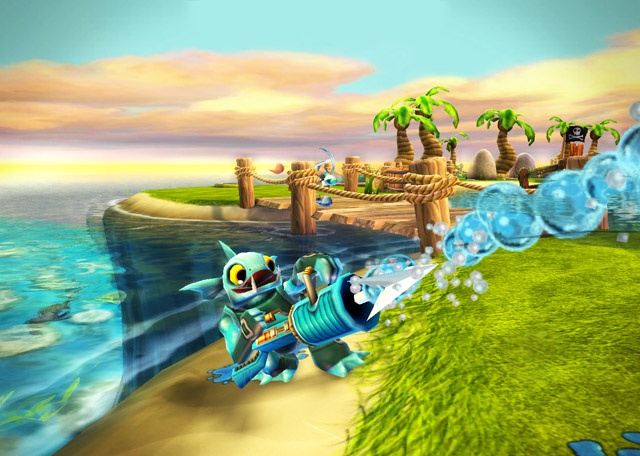
Our demo at Activision’s E3 booth revolved around seamlessly interchanging the characters during the initial section of the game, a series of platforms interconnected with bridges and waterways. The visuals were bright and colorful, and the characters were all designed well, so they should tie-in well with the planned animated cartoon, comics, books, and toys. The game is heavy on loot collection, which is stored in your figurine for later use, and experience points raise levels to allow for stronger attacks and more HP. Cooperation plays a huge part in the game, so having a friend play along is almost a requirement to get the most out of it. There are cooperative puzzles and some player v player elements that can help you mess with your frienemies as well. It’s extremely simple in premise and execution, but again: the focus isn’t really the game, it’s the figures.
Will the game and figures sell? Probably. At least for one holiday season, they can survive as is. However, with just a couple of tweaks the game can really become a great long-term investment bringing kids back again and again.
Skylanders releases this Fall.
Images courtesy Activision.

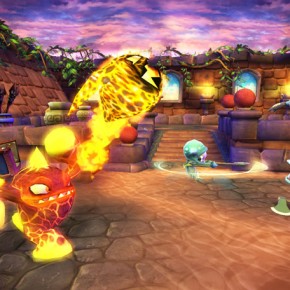

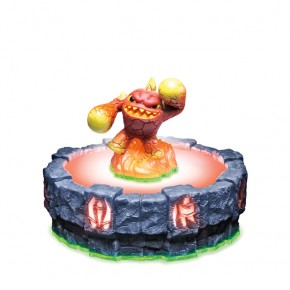
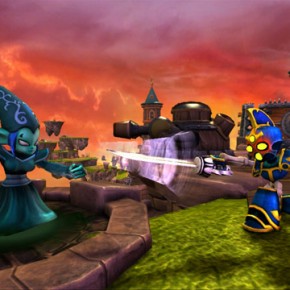

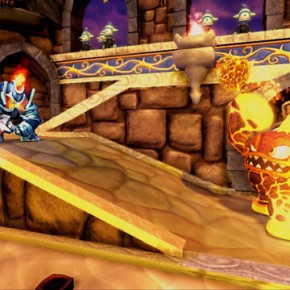


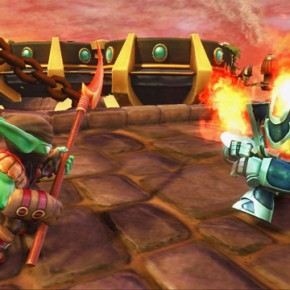

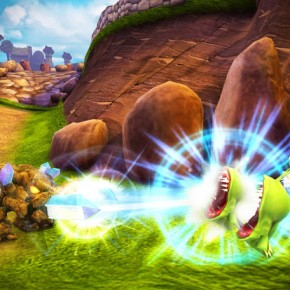

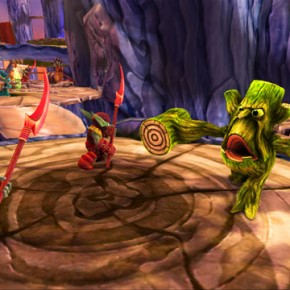
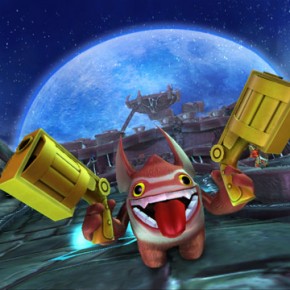
3 Comments